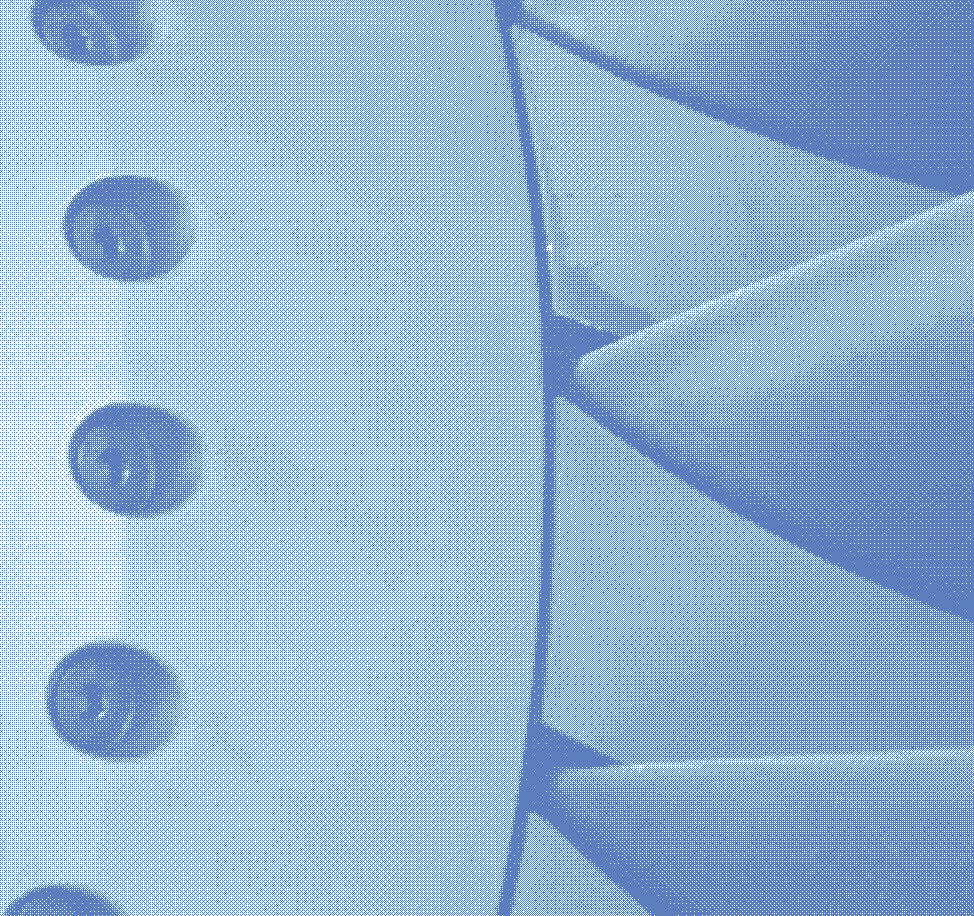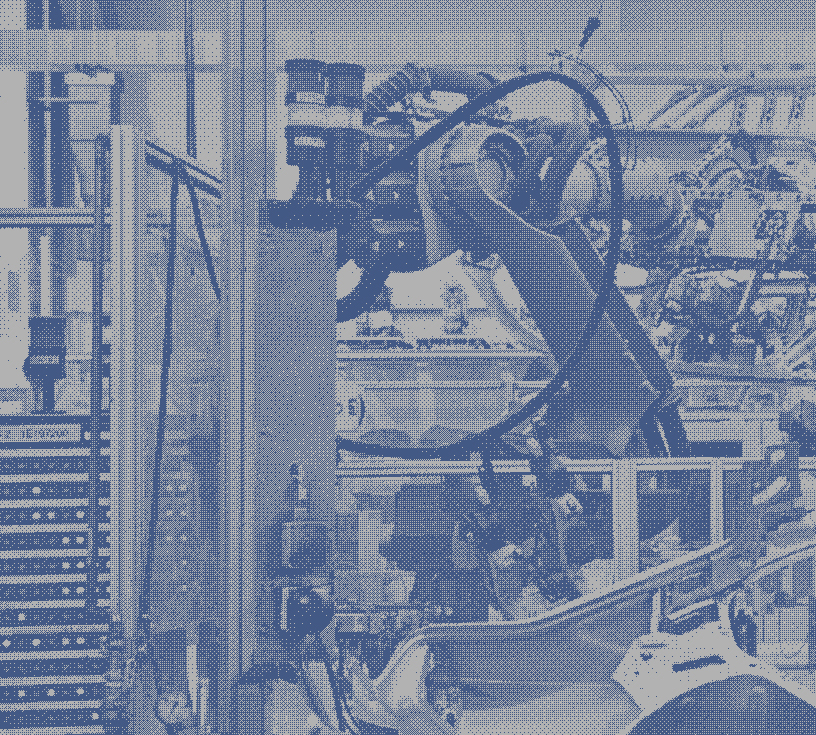



Research Projects
Titanium and Magnesium / Data and Modelling
Modelling warm deformation and recrystallization in metals

The warm deformation performs below the recrystallization temperature which leads less additional softening due to recrystallization. The texture changes more reflect in grain rotations. Warm deformation produces forms with more yield strength depending on the metal but less ductility (however much better than cold deformations). The recrystallization most likely happens only in the annealing stage.
Based on commercial software, such as ABAQUS, crystal plasticity finite element methods (CPFEM) can precisely reproduce all different metals and watch the grains rotate under certain dislocation slip shear stress, which could improve our fundamental understanding of the warm deformation and recrystallization processes in metals, especially the HCP metals (the mechanisms usually more complex for Ti, Zr, Zn and Mg). This project will also combine with in-situ experiments in a scanning electron microscope, it will develop a new approach of modelling the development of substructure during warm deformation and its evolution during recrystallization.

